I recently implemented Ian Parberry's Exponentially Distributed Terrain algorithm in Javascript. I've checked it against his c++ code, but when generating multiple octaves I get only circular hills and valleys on smaller at scales and intervals, and no gradual features like in the screenshots provided in the paper.
In theory, this makes sense, since adding the exponentially distributed coefficient only decreases the frequency of large gradients, which makes geographical features more distinct at every level, but I'm unsure how the provided screenshots were generated except by combining the algorithm with something like Perlin Noise or Midpoint Displacement.
In short, does anyone who's implemented this know what I'm talking about? Or must there be a bug in my code?
Link to paper: http://jcgt.org/published/0004/02/01/
Screenshots:
 Terrain generated with 12 octaves
Terrain generated with 12 octaves
 Terrain generated with 4 octaves
Terrain generated with 4 octaves

